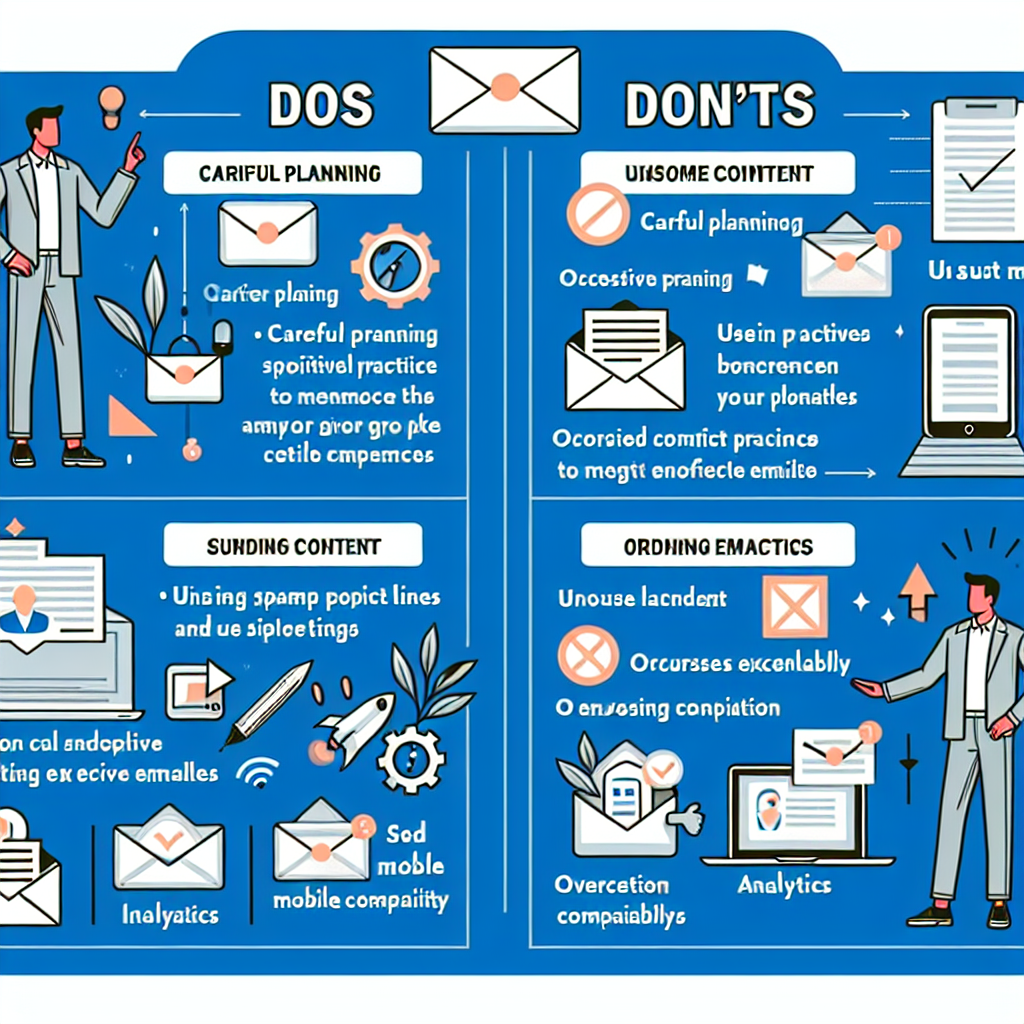Tracking Your Funnel Performance: Tools and Tips
Understanding how your sales funnel performs is crucial for the growth and success of your business. A well-optimized funnel can significantly improve conversion rates and revenue. In this blog post, we will delve into the importance of tracking your funnel performance, the tools you can use, and actionable tips to enhance your funnel’s effectiveness.
Why Tracking Your Funnel Performance Matters
The sales funnel is a visual representation of the journey potential customers take from awareness to purchase. Tracking this journey allows you to identify stages where prospects drop off and optimize your strategies accordingly. Here are some key reasons why funnel tracking is essential:
- Identify Bottlenecks: By tracking each stage of your funnel, you can pinpoint where prospects are getting stuck or losing interest.
- Optimize Marketing Efforts: Understanding which stages need improvement helps you allocate resources more effectively.
- Increase Conversions: By addressing issues in your funnel, you can enhance the customer journey and boost conversion rates.
- Data-Driven Decisions: Funnel tracking provides valuable data to base your marketing and sales strategies on factual insights.
Essential Tools for Tracking Funnel Performance
There are several tools available that can help you track and analyze your funnel performance. Here are some of the most effective ones:
Google Analytics
Google Analytics is a powerful tool that provides detailed insights into your website’s performance. It allows you to track user behavior, identify drop-off points, and measure conversions. Setting up goals and funnels in Google Analytics can help you visualize the customer journey and understand where improvements are needed.
Hotjar
Hotjar offers heatmaps, session recordings, and surveys to understand how users interact with your website. By analyzing user behavior, you can identify pain points and optimize your funnel accordingly. Hotjar’s heatmaps show where users click, scroll, and spend the most time, giving you valuable insights into their behavior.
Mixpanel
Mixpanel is an advanced analytics tool that tracks user interactions with your website or app in real-time. It provides detailed reports on user behavior, funnel analysis, and retention rates. Mixpanel’s cohort analysis helps you understand how different segments of users progress through your funnel.
ClickFunnels
ClickFunnels is a comprehensive tool designed specifically for building and optimizing sales funnels. It offers a range of features, including funnel templates, A/B testing, and analytics. With ClickFunnels, you can create high-converting funnels and track their performance with ease.
HubSpot
HubSpot is an all-in-one marketing, sales, and service platform that includes robust funnel tracking capabilities. It allows you to track leads, measure conversion rates, and analyze the performance of your marketing campaigns. HubSpot’s CRM integration ensures seamless tracking of customer interactions.
Actionable Tips to Enhance Funnel Performance
Tracking your funnel performance is only the first step. To truly optimize your funnel, you need to implement strategies that address identified issues and enhance the overall customer experience. Here are some actionable tips to help you:
1. Improve Your Landing Pages
Your landing pages play a crucial role in converting visitors into leads. Ensure your landing pages are clear, concise, and focused on a single call-to-action (CTA). Use compelling headlines, engaging visuals, and persuasive copy to capture the attention of your audience. A/B testing different elements of your landing pages can help you identify what works best.
2. Nurture Leads with Email Marketing
Email marketing is a powerful tool for nurturing leads and guiding them through your funnel. Create targeted email campaigns that provide value to your prospects and address their pain points. Use personalized content and automated workflows to engage with your audience at different stages of the funnel.
3. Optimize Your CTAs
Your CTAs should be clear, compelling, and strategically placed throughout your funnel. Use action-oriented language that encourages users to take the next step. Test different CTA placements, colors, and wording to determine what resonates best with your audience.
4. Leverage Social Proof
Social proof, such as customer testimonials, reviews, and case studies, can significantly impact your funnel’s performance. Highlight positive feedback and success stories to build credibility and trust with your audience. Display social proof prominently on your landing pages and throughout your website.
5. Streamline the Checkout Process
A complicated or lengthy checkout process can lead to cart abandonment and lost sales. Simplify your checkout process by minimizing the number of steps, offering guest checkout options, and providing multiple payment methods. Ensure your checkout page is user-friendly and mobile-responsive.
Conclusion
Tracking your funnel performance is essential for understanding how potential customers interact with your business and identifying areas for improvement. By leveraging the right tools and implementing actionable strategies, you can optimize your funnel, increase conversions, and drive revenue growth. Remember, continuous monitoring and optimization are key to maintaining a high-performing sales funnel.
Start tracking your funnel performance today and take the necessary steps to enhance your customer journey. With the right approach, you can turn more prospects into loyal customers and achieve long-term business success.


